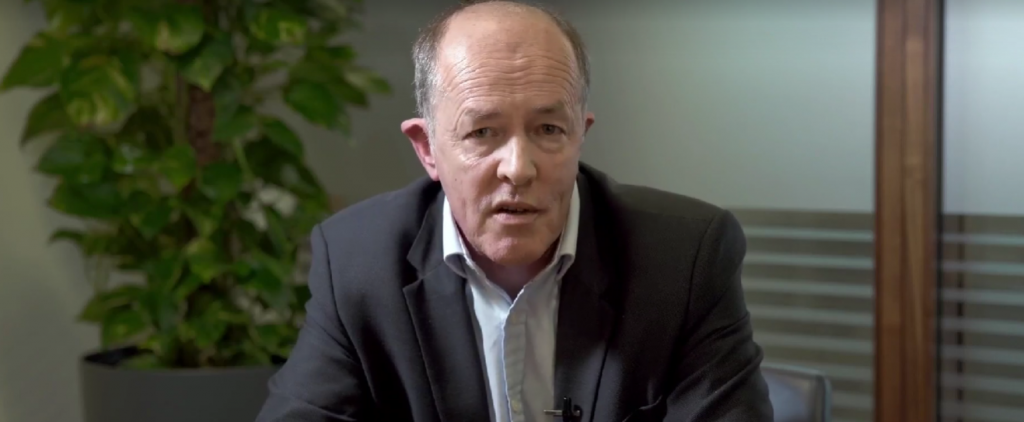I have been fortunate enough to have a very varied career in financial services, not least because I have a low boredom threshold.
However, my entry into the industry, like many advisers, was in protection and it remains my first love.
I remember with fond affection the first sales presentation I ever attended: the drawing of a one-armed bandit and the question “if you had a machine like this that produced cash every time you pulled it would you insure it?”
While cliché it still resonates – for those of you still trying to work it out that’s income protection.
I remember too the introduction of dread disease policies, which many commentators at the time felt would be a short-lived concept due to the established income protection market.
Of course, the entire protection market has changed radically in the last 40 years, including the existence and considerable development of what we now call critical illness policies.
Perhaps the one thing that has not changed, or not changed enough, is the confusion between income protection and critical illness: probably less so in advisers’ minds than clients, however even here I see positive signs of change.
If you are reading this, you are almost certainly a protection adviser and therefore you don’t need me to tell you the difference between a critical illness policy and income protection.
While I accept all advice is client specific income protection is generally a better solution for clients seeking protection against long-term sickness.
Cover is based on any illness or injury stopping the insured from working, as opposed to meeting the definition of a specific illness.
Musculoskeletal issues and depression are among the highest reasons for claims under income protection that would not be covered under a critical illness contract.
In addition, there is the ability to make multiple claims for separate periods of time off work. However, despite this, when it comes to sales, income protection has long been the poor relation, at least, possibly, until now.
IP sales exceeding CI
At SJP, for a number of years, the growth in income protection sales has been exceeding the growth in critical illness policies and in 2023 for the first time income protection by application numbers and API exceeded critical illness policies.
This also coincided with our best ever year for income protection sales which I believe was in no small part due to the success of our signposting operations.
We are, of course, not alone in seeing increases in income protection sales. So what is driving this change?
In truth I have no idea, but I am certain there is a number of factors that are now in play that are highly likely to have had a positive impact to a lesser or greater extent.
Here are six possible reasons:
- Enhanced financial literacy: It is early stages I know, but there is evidence of growing emphasis on the importance of financial education which can only lead to more people understanding the importance of safeguarding their income. Perhaps even the often over-criticised millennials and generation z are being a little bit more proactive when it comes to financial planning than baby bloomers, of which I am one, give them credit.
- Technological advancements: There can be no question that technology and digital platforms have made it simpler for consumers to understand, research and buy protection. Such advancements play directly into the hands of the technologically savvy and empowered millennials who in five years will make up 75% of the global workforce.
- Economic uncertainties: Economic fluctuation, recessions and certainly the Covid-19 pandemic individually, let alone taken together, certainly have the capacity to highlight the vulnerability of employment and income stability. When you magnify this vulnerability by introducing long-term sickness, personal economic uncertainty becomes very real.
- Healthcare: Stories of a failing NHS, ever-lengthening waiting times and general pressures on the NHS are legion. Although this probably has a greater impact on private medical insurance it must also raise concerns about the impact of long-term sickness on individuals’ financial stability.
- Mental health: As a society we are becoming more and more aware of the impact of mental health issues and there can be little doubt that this has led to an increase in interest in policies that cover mental health related absences.
- Changing work patterns: Despite the government’s best efforts in IR35, the rise in the gig economy, freelance work and self-employment generally must also have contributed to a less stable income for many.
It may of course be none of these factors, but the reality is probably a combination of most. Do I care which? Not really.
Does this mean there is sufficient motivation among clients such that advisers no longer need discuss income protection? I don’t think so.
